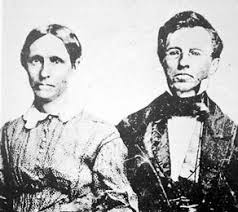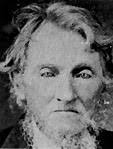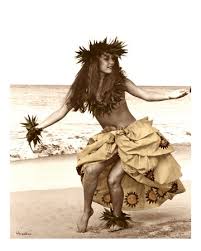
For a belated Mother's Day gift, my daughter took me to the annual lü'au at Portland State University. Students from Hawai'i, Tonga, Samoa and Tahiti performed dances after everyone enjoyed the traditional lü'au foods.
As we were finishing our dinners, someone came to the mike and called our attention to a corner of the gym where a group of young Polynesian men were enjoying bowls of kava. Anyone who wanted to try it was invited to join them. So, of course, I did, squatting down on a grass mat and accepting a half-shell of a coconut full of the cloudy drink.
Kava, also known as 'awa in Hawai'i, is a traditional drink throughout the Pacific, imbibed socially before events such as meetings, weddings and hö'ike (shows), such as the one we were about to watch. The drink is made from pounding the root of the kava plant and mixing the resultant powder with water. The drink was in a large bowl and people were taking turns drinking from the shells. With a quick prayer that none of the other kava drinkers had swine flu, I took a drink. Well, actually, I drank the whole bowl.
The taste was not unpleasant, though not really pleasant, either. It tasted sort of like a very flat beer or watery gruel at room temperature. I felt a little numbness around my mouth, which I later learned was normal. After about 20 minutes the effect of drinking kava is said to be calmness, clarity of thought and a sense of well being. I wasn't consciously looking for those results, since I didn't know what to expect. But looking back, I felt quite pleasant during the show and wasn't the least bit annoyed that it ran over by about an hour. So maybe the kava did its job for me.
I learned that kava is not addictive and does not cause hangovers. Until we get out of this recession, I may become a regular kava drinker!



